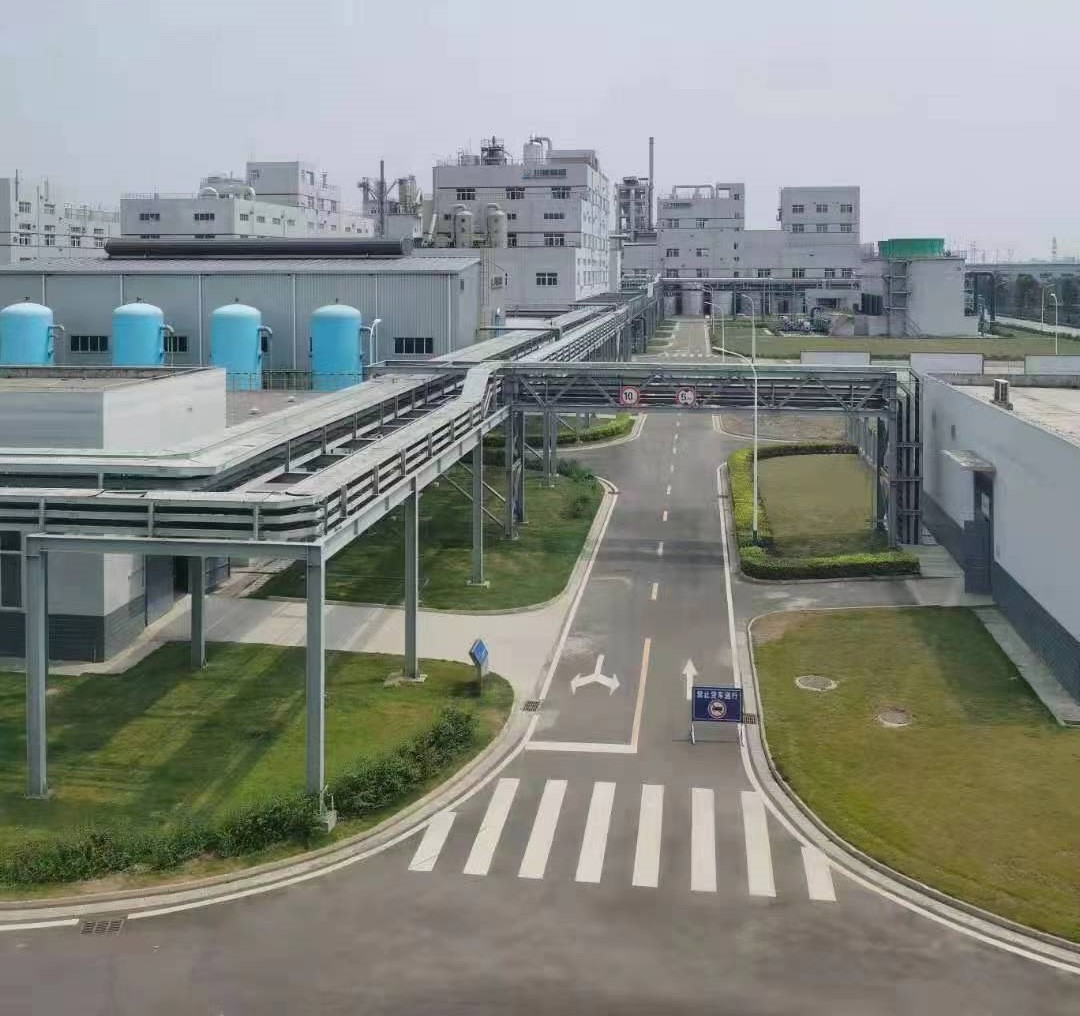Why does Morocco's phosphate rock outshine others?
Jul,02,25
1.Distribution of world phosphate rock resources
Phosphate rock is widely used in agriculture and industry, and it is the life element of human survival. Although the content of phosphorus in the earth's crust is very high, the phosphorus resources with mining value are relatively limited. According to USGS(Untied States Geological Survey, U.S. Geological Survey) statistics, the global basic phosphate rock reserves are 74 billion tons, but the distribution is extremely uneven, mainly concentrated in Morocco, China, Egypt and other countries, of which Morocco's phosphate rock reserves account for 67.6, China's phosphate rock reserves are the second in the world, reaching 3.44 billion t, accounting for 4.6, a big gap with Morocco.
2. of the Abundant Phosphate Rock Resources in Morocco
Morocco is located in northwestern Africa, bordering the Mediterranean to the north and the Atlantic to the west. It is an important hub connecting Europe, Africa and the Middle East. The country is known for its rich historical heritage, diverse cultural mix and unique geographical location. Morocco is Africa's fifth-largest economy and relies heavily on agriculture, mining and tourism. The country is the world's largest exporter of phosphate rock, accounting for more than 70% of the world's phosphate reserves.
Biological deposition
Morocco was a vast ocean in ancient times. The warm, stable and sunny marine environment provided excellent conditions for the reproduction and growth of various marine organisms. Plenty of plankton and algae grow here, and these organisms take phosphorus from seawater and store it in their bodies. When they die, they settle to the bottom of the sea. Because the biological debris is not easy to be quickly decomposed or transported, after a long period of accumulation, the formation of phosphorus-rich biological debris layer, these biological debris accumulation, for the formation of phosphate rock laid the material foundation.
The role of rising flow
The study speculated that it was the upwelling that brought the cold water rich in phosphorus from the deep sea to the shallow sea area. The abundant phosphorus brought by the upwelling greatly increased the number of organisms here and further increased the amount of biological deposition. Phosphorus-rich biological debris is continuously accumulated on the seabed, which makes the original phosphate sedimentary layer gradually thicken. After complex geological processes, the original phosphate sedimentary layer with a thickness of tens of meters is finally formed, which provides a rich "raw material" for the later enrichment of phosphate rock ".
Influence of tectonic movement
Significant subsidence processes occurred during the Late Cretaceous to Paleogene. These 1 subsidence created large sedimentary basins such as Urad-Abdun and Gantur. Sediment, biological debris and other materials carried by the surrounding rivers continue to flow to the basin. The sediments rich in phosphorus are also accumulated in the basin, and at the same time, the phosphate sediments formed in the early stage avoid being eroded and transported on a large scale, and can be stably preserved in the basin for a long time, which creates favorable geological conditions for the further enrichment of phosphate ore.
Diagenesis and chemical transformation
As the overlying sediment thickened and the pressure gradually increased, these phosphate clasts began to be compacted. At the same time, the surrounding seawater contains various mineral components, and under specific temperature, pressure and chemical conditions, cementation occurs. At the same time, the chemical replacement reaction is also continuing, and carbonate minerals are gradually replaced by apatite. After a series of complex physical and chemical effects, the originally loose phosphate sediments were gradually transformed into phosphate rocks with denser texture and higher phosphorus content.
Plate movement and deposit uplift
The Cenozoic Alpine orogeny caused a strong collision between the North African plate and the Eurasian plate. This intense inter-plate interaction has led to a strong uplift of the Moroccan crust. The phosphate layer, originally buried deep in the sea floor, gradually approaches the surface as the crust rises. As a result of weathering, erosion, etc., some of the rocks and sediments overlying the phosphate layer were stripped away, exposing the phosphate layer and forming the now large-scale open pit deposit in northwestern Morocco.
3.Current Situation of Phosphate Mining in Morocco
After independence in 1956, Morocco completely nationalized the phosphate industry and established the Moroccan Phosphate Group (OCP) to monopolize the exploration, mining and sales rights. At present, Morocco has a complete industrial chain system, from phosphate mining and mineral processing to phosphate fertilizer production and related chemical products manufacturing. The phosphate industry contributes 5% of Morocco's GDP and 30% of its foreign exchange income. The Moroccan Phosphate Group (OCP) has played a vital role in this 1 process, occupying a pivotal position in the global phosphate rock market.
Previous: Silty raw material -- titanium dioxide
Next: Introduction to Graphene






